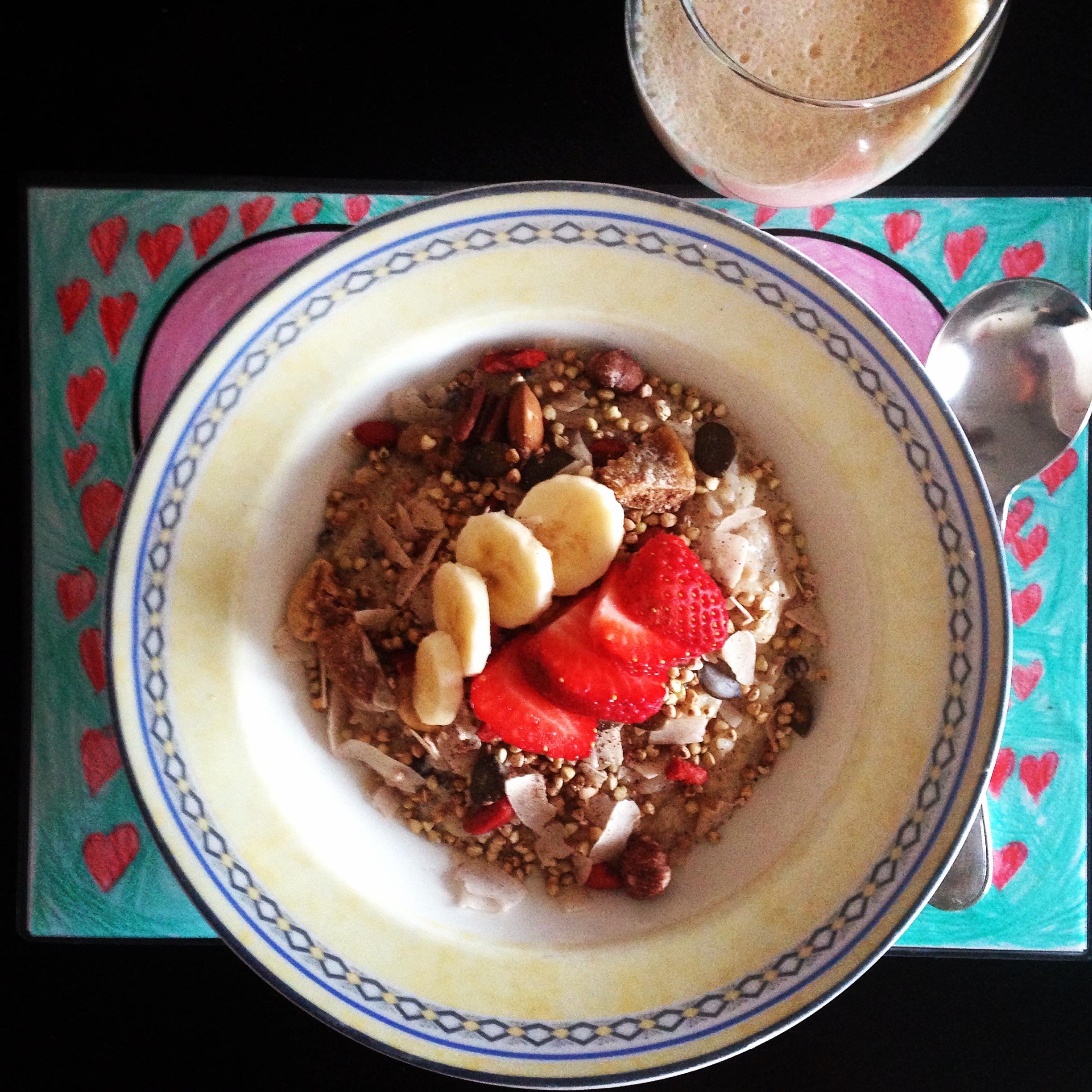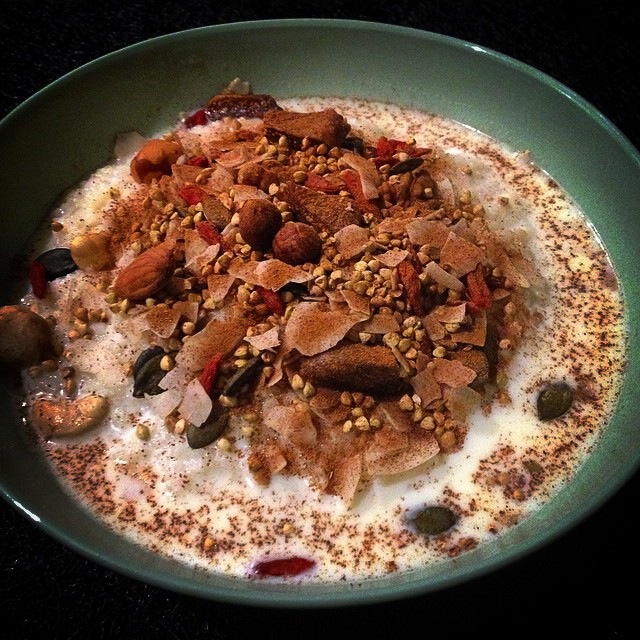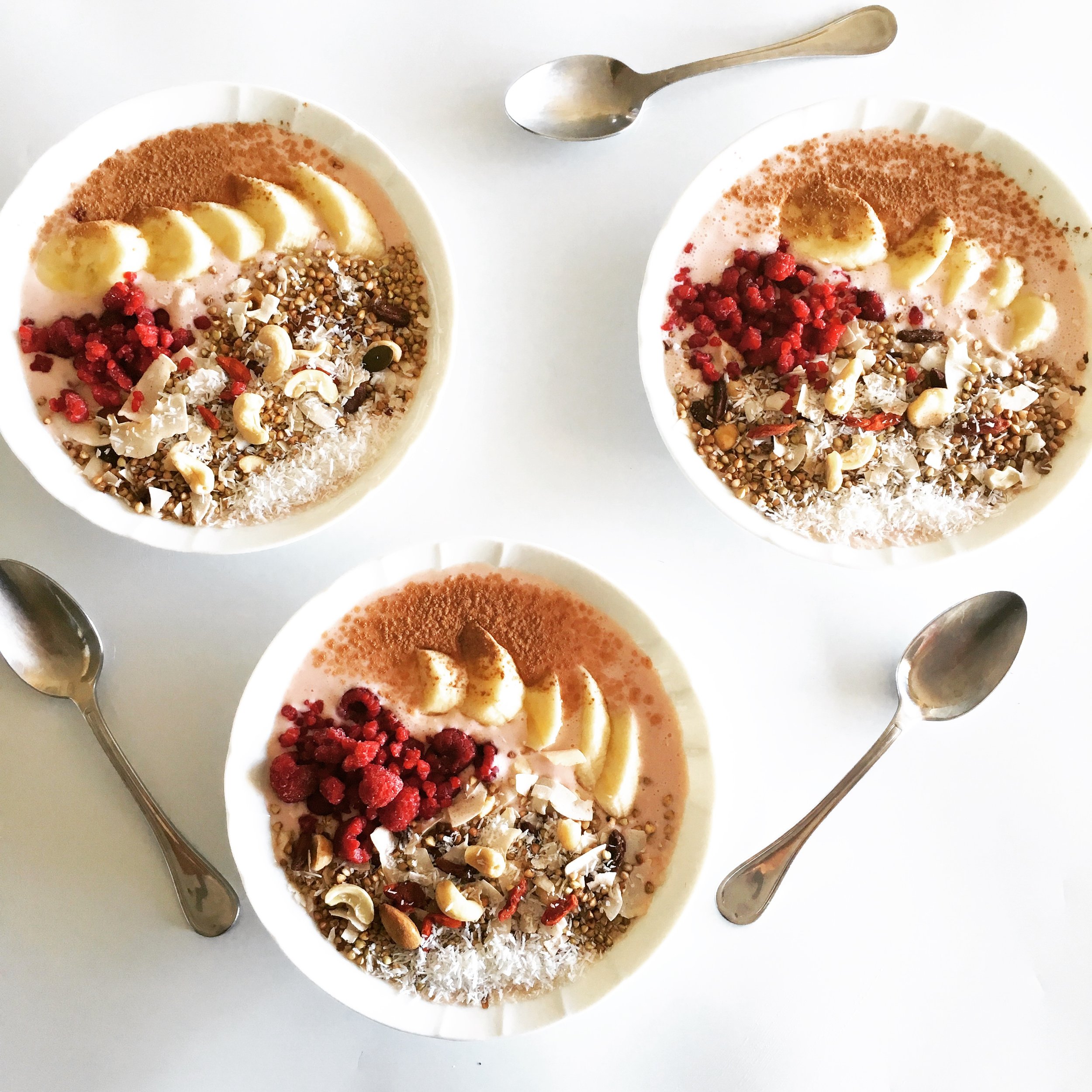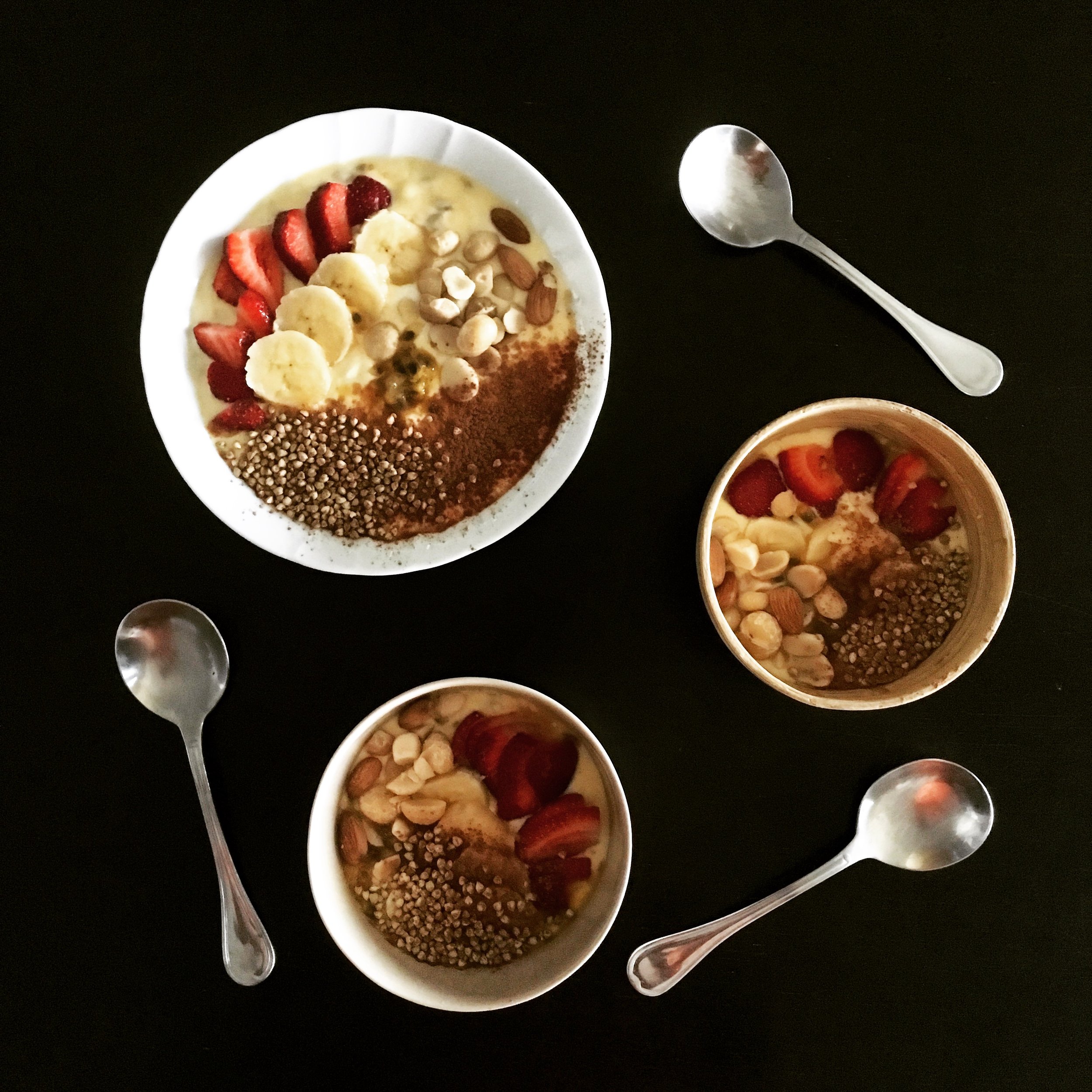Rice tends to be favoured as a grain of choice in the ancestral health community because it is doesn’t contain any gluten (the same can be said for buckwheat, amaranth, millet and quinoa). Gluten is another anti-nutrient but, unlike phytates, it is not removed through proper soaking preparation and thus stays in the grain. Gluten can be a difficult protein to digest and for some it can lead to non-celiac gluten sensitivity or in more extreme cases celiac disease which is a full blow auto-immune condition triggered by gluten. Strict proponents of the Paleo diet would say we should avoid gluten grains (wheat, rye, oats and barley) altogether because the risk of gluten causing a leaky gut is too great (and a leaky gut = digestive distress and is one step away from auto-immunity) . For those who do react after they consume gluten then this is sound advice. Life is too short to feel crappy after a meal. For those who do not notice any symptoms after eating gluten, whether or not you should eat it is a matter of great debate and often comes down to your lifestyle choices. You may (or may not) be influenced by whether or not you have the celiac gene which can be determined via a blood test (and if you do, you might consider it too risky to tempt fate with gluten-containing grains). As a side note if you DO wish to avoid gluten in entirety, it might surprise you to know that grains are not the only place where gluten can be found- there are numerous hidden sources of gluten in non-food everyday household objects as set out in this article here. For those with leaky gut and autoimmunity then all grains (whether they contain gluten or not) are best avoided until the gut wall is fully healed.
Ok, so back to our friend, rice. White rice contains much less phytates than brown rice because the outer husk has been removed. The outer husk is where most of the phytates are located, so brown rice contains much more phytates that white rice. For almost 10 years as a macrobiotic vegetarian, I was eating brown rice thinking it was healthier than white rice (anything brown must be healthier, right?!?) but as it turns out the opposite was true. Go figure. Even though white rice contains less phytates than brown rice I still do properly prepare it through soaking it overnight then straining and rinsing it to remove as much of the phytates as possible. You can think of white rice as glucose – a source of carbohydrates that (unlike fructose) is well absorbed by the body and taken up as fuel by our cells. Our bodies can handle glucose in moderate amounts. Obviously consumption of too much glucose (in any form) for your energy expenditure will lead to weight gain but in the context of a balanced diet (i.e. along with the consumption of protein and fats from natural sources and above ground veggies rich in phytonutrients) and an active lifestyle, the occasional or even frequent consumption of white rice shouldn’t be anything to be worried about for those who do not suffer digestive issues.
Hopefully the above background will explain why I soak rice in this recipe and why I choose white rice over brown rice. People often ask me which TYPE of white rice to buy – short grain, basmati etc. I don’t think the type of white rice really matters. I typically buy short grain white rice as it is the most versatile. And the reason why I cook rice in bone broth (aka stock) instead of water is because it is a more nutrient-dense way of eating rice – all of the minerals and other goodness in the bone broth get absorbed into the rice, giving you more bang for your buck. Not to mention that it is a hell of a lot more tastier! Why I prefer to eat this meal as leftovers cold the next day is set out at the end.
Ingredients:
1 cup white rice
2 cups (500ml) chicken bone broth (stock)
1 onion, diced
1 packet of bacon, diced
3 tablespoons natural fat of choice (eg butter, coconut oil, beef, tallow, ghee)
1 punnet (150g) mushrooms, sliced
1 cups frozen peas
1 cup of broccoli florets, finely chopped
1 cup of cauliflower florets, finely chopped
1 carrot, grated
1 teaspoon turmeric powder
5 cardamon pods, ground up in a spice/nut/coffee grinder
1 cinnamon quill
1 teaspoon unrefined salt
Directions:
Soak the rice from the day before in a bowl with plenty of filtered water. The following day strain the rice and place in a saucepan with 2 cups of chicken stock (or if no stock, use filtered water).
Cover and bring to boil, then gently simmer until all liquid has been absorbed. The rice should be cooked through and tender.
In a large frying pan or wok, melt natural fat of choice (I like to use 50/50 butter and coconut oil for this recipe) and sauté the onions and bacon on low heat for a couple minutes.
Add turmeric powder, ground cardamom pods and 1 whole cinnamon quill. Sautee for 5 - 10 minutes or until onions become translucent and golden brown.
Add mushrooms, peas, broccoli, cauliflower and carrot, and sauté until veggies are tender, stirring occasionally. Season with salt.
Add cooked rice to the frying pan and combine well. Garnish with coriander leaves.
For a more Asian infusion, omit the turmeric and season at the end with a drizzle of Red Boat fish sauce, tamari and lime juice, and a scattering of chilli flakes and a handful of activated cashews.
Serves 6.









